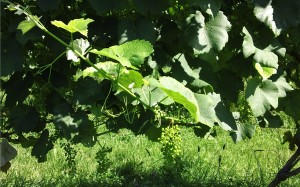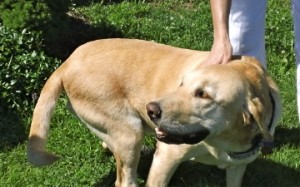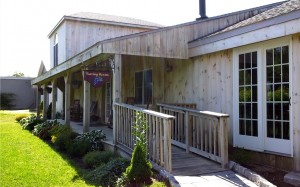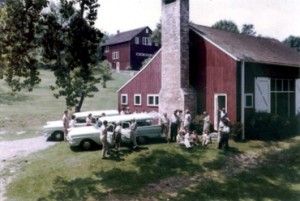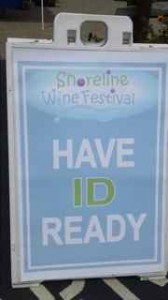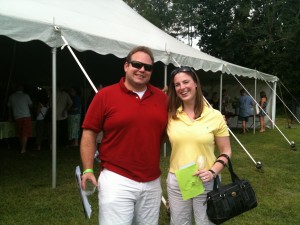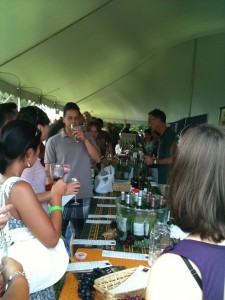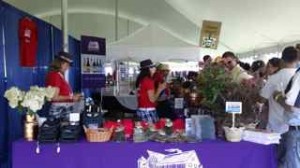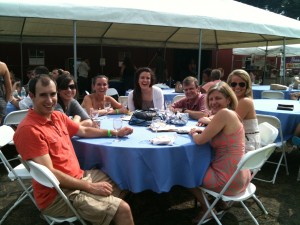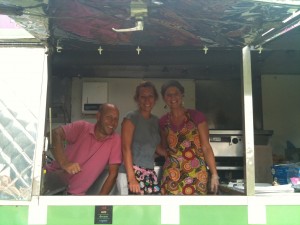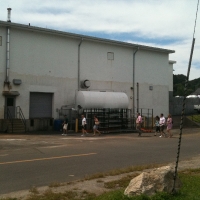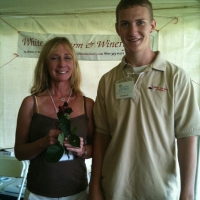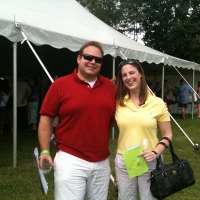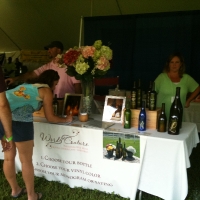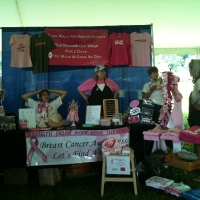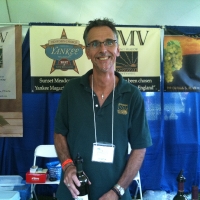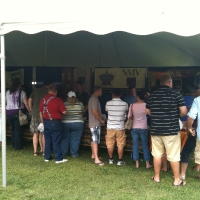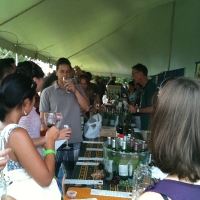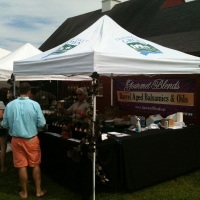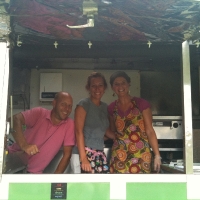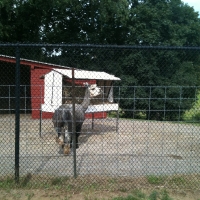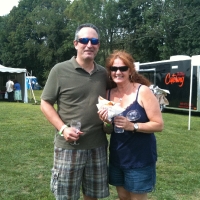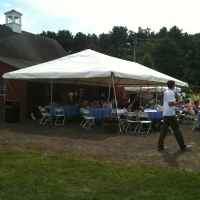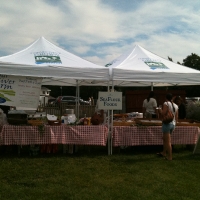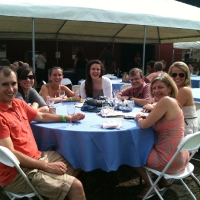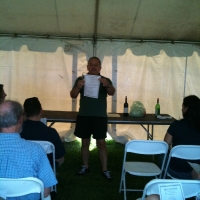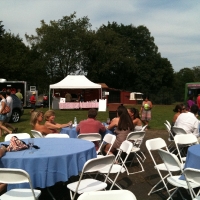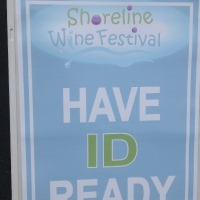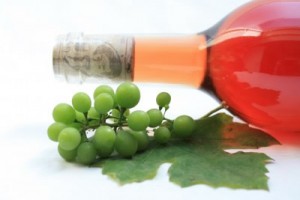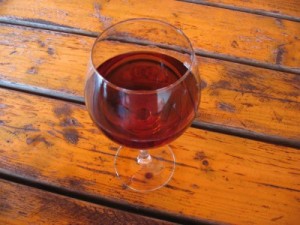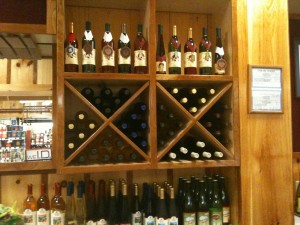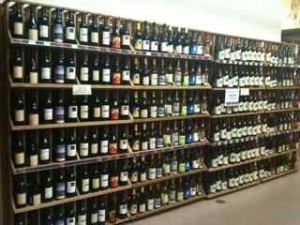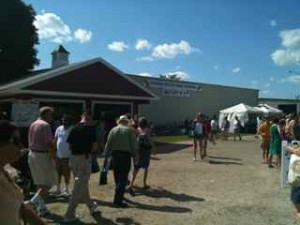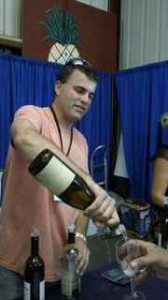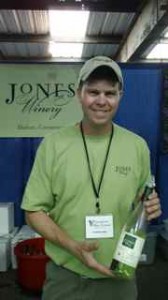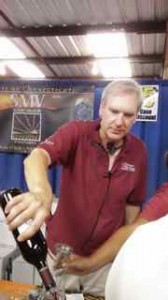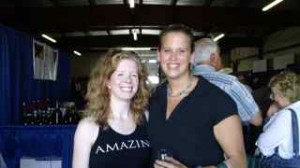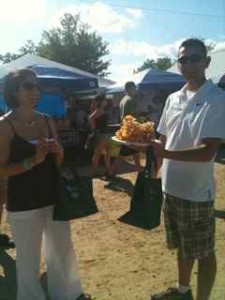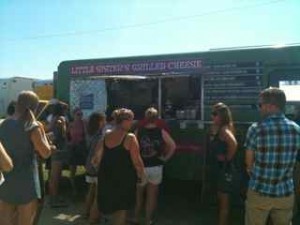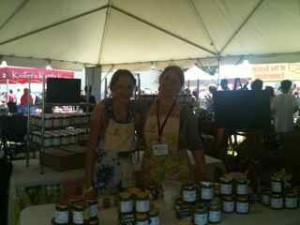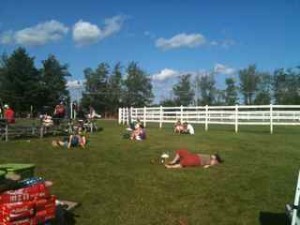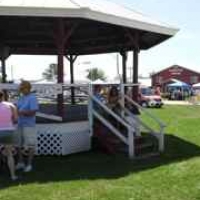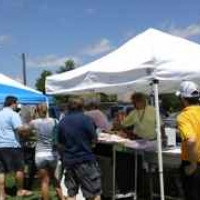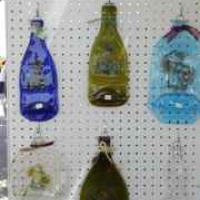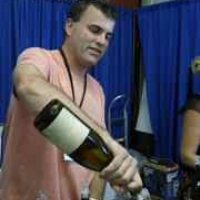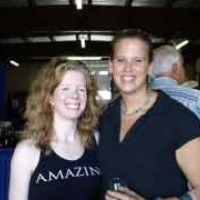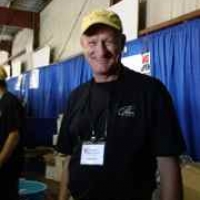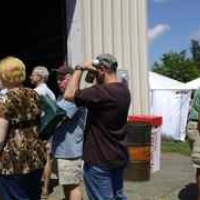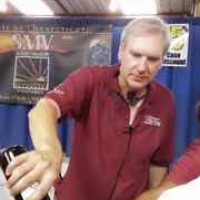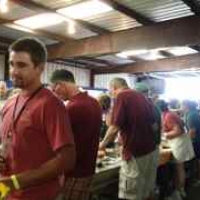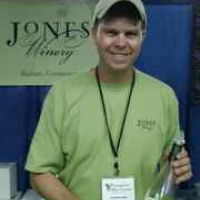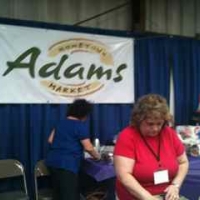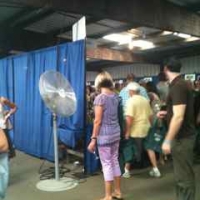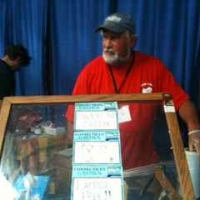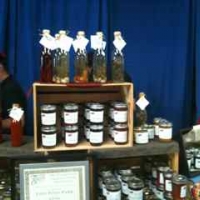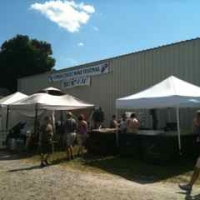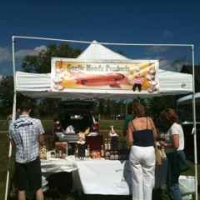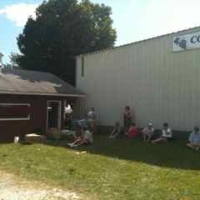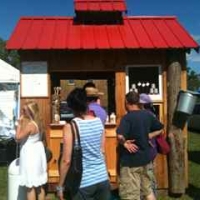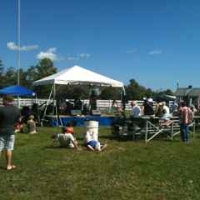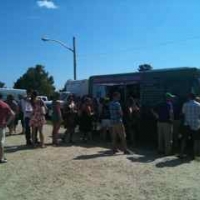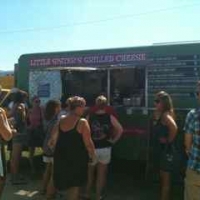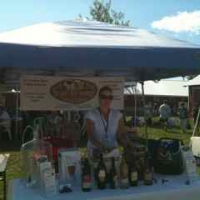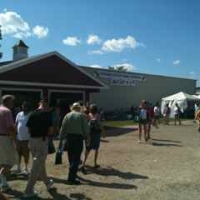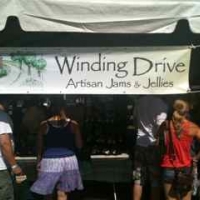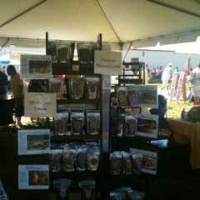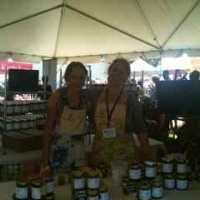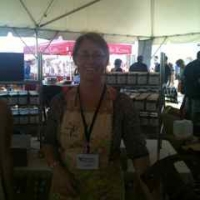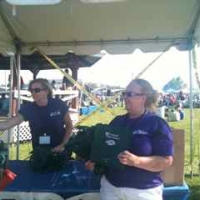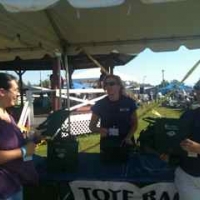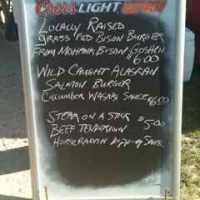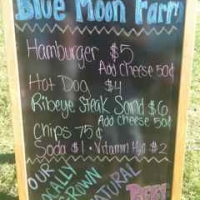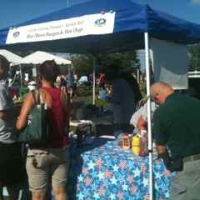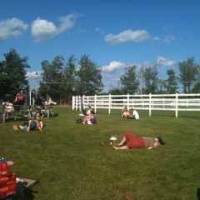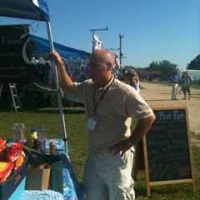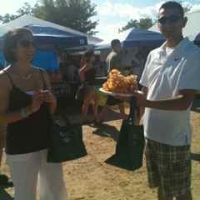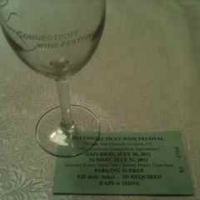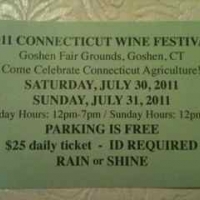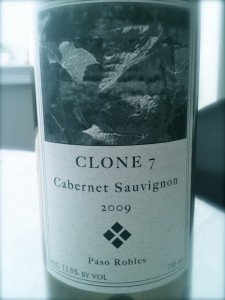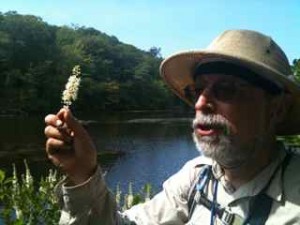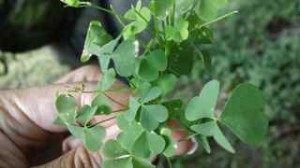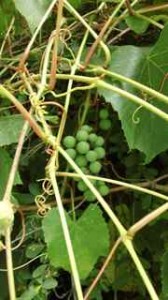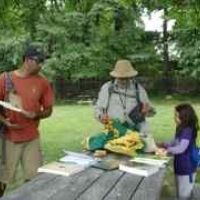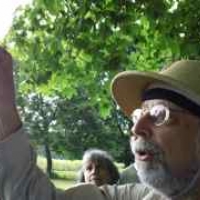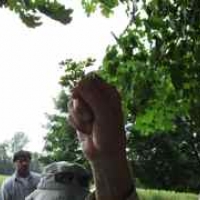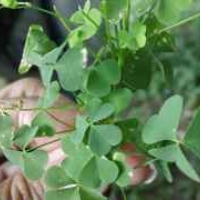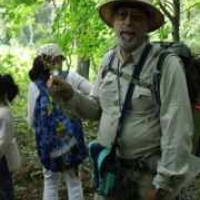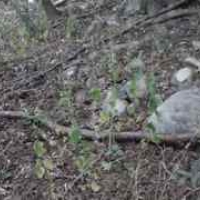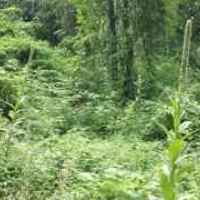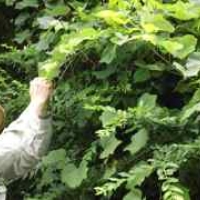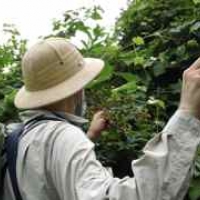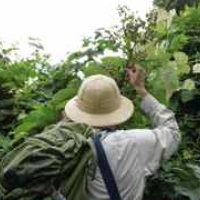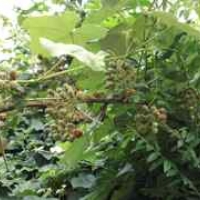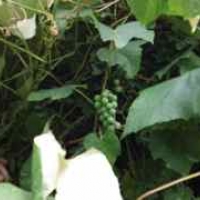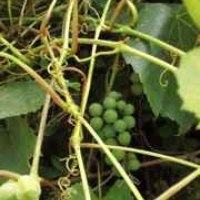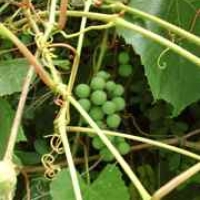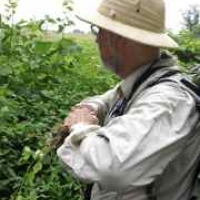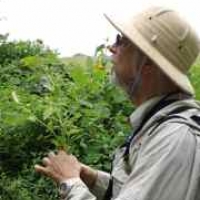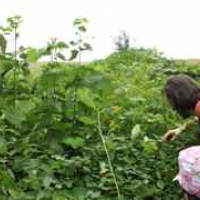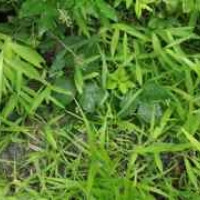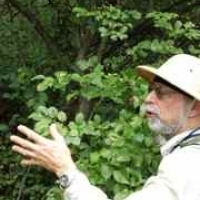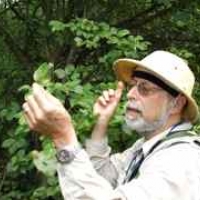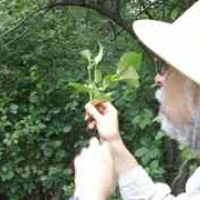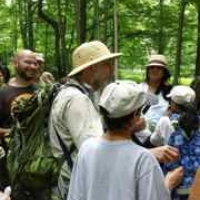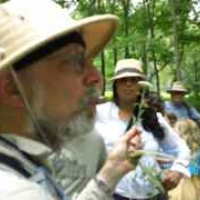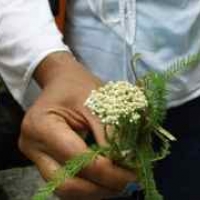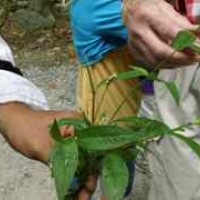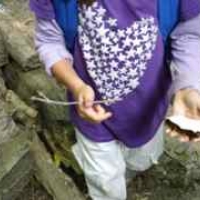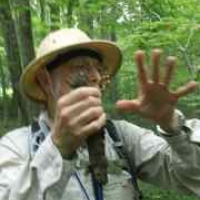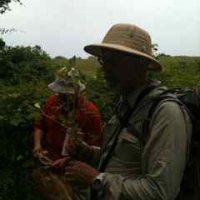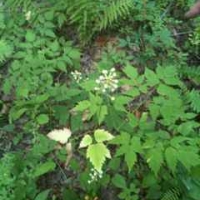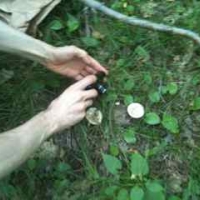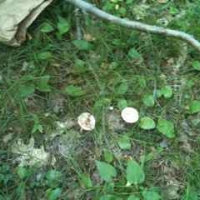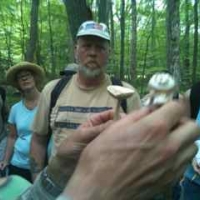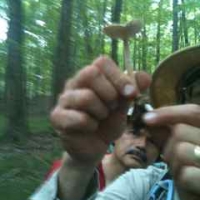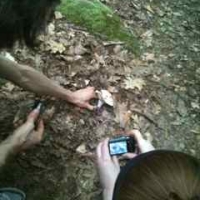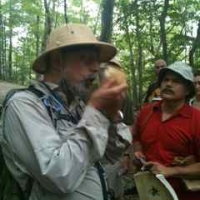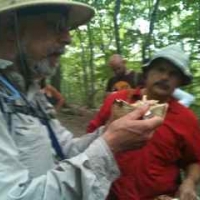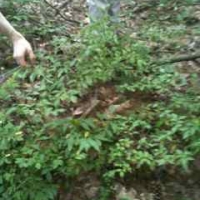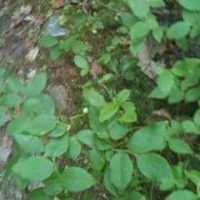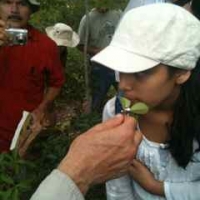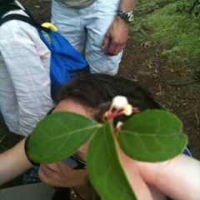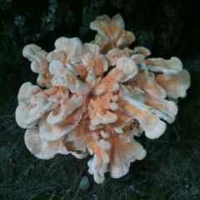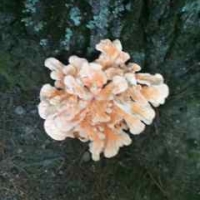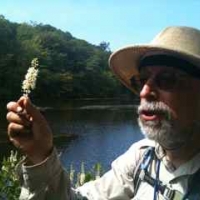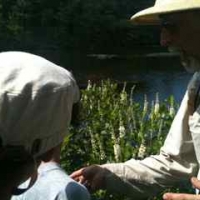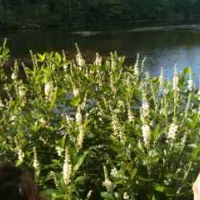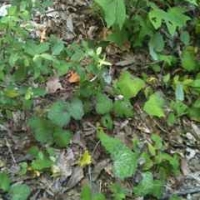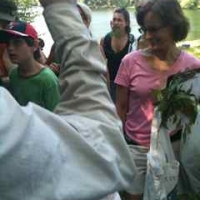Although Sunset Meadow Vineyards has a long list of numerous awards for outstanding wines produced in the scenic Litchfield Hills of the Western Connecticut Highlands, it is one of their most recent accolades in which owner and winemaker George Motel III takes the greatest pride. Yankee Magazine’s Travel Guide to New England named Sunset Meadow Vineyards New England’s Best Family Winery in 2010 after only having been open for two years. Mr. Motel attributes this honor to the efforts of his staff. Respected by both his employees and his peers, our August Connecticut Corker George Motel plays a prominent role in the Connecticut farm winery industry by virtue of both his wine and his wisdom.
George Motel is more than a winemaker or a vineyard owner. He is more than a businessman. George Motel is a visionary. One of his visions materialized in 1995 when he serendipitously drove by the property in Goshen that is now home to Sunset Meadow Vineyards. The vision? Running a farm. Although firmly entrenched in a corporate lifestyle, Motel was not a total stranger to farming, having had a friend with a dairy farm as a child growing up in Seymour, Connecticut. The beautiful piece of property that caught his attention had been a dairy farm in the 1970s. And so Mr. Motel worked his day job and then worked the land at night and on weekends raising beef cattle and providing hay to dairy and horse farmers. It was Grace Nome, President of the Connecticut Specialty Food Association for 26 years, who initially put the bug in Mr. Motel’s ear about growing grapes on his property. Motel was intrigued but not convinced. The very night of Ms. Nome’s prescient suggestion, Mr. Motel returned home from a hard day of corporate work to find a bull in the middle of his driveway. The cattle had broken out and were scattered around the property. Clad in his business suit, Motel spent the evening trying to lure the escaped herd with a pail of grain and a special cattle call in an attempt to restore order. Bovine intervention. It was time for a change.
Motel enlisted the help of Dr. Richard Kiyomoto, member of the Connecticut Agricultural Experiment Station and well-known advisor to Connecticut grape growers. Dr. Kiyomoto advised Motel to test his site with vines. In 2001, the first grape, cabernet franc, was planted at Sunset Meadow Vineyards (SMV), with chardonnay following closely behind. Motel planted 1,400 vines that first year, choosing seyval blanc, Cayuga and St. Croix, in addition to the chardonnay and cabernet franc. These were followed the next year by another 1,300 vines, vidal blanc, chambourcin, lemberger, riesling, and more chardonnay and cabernet franc. Year three saw the addition of Frontenac, landot and merlot, as well as even more chardonnay and cabernet franc into the sandy loam soil. People were beginning to take notice. An active member of his community through his volunteer basketball coaching, Motel was known around town to the other parents. One year at a New Year’s Eve party, a woman spotted him across the room and sought him out to ask him a question. “Are you the guy planting all those grapes?” she queried. Motel affirmed he was indeed that guy. “Nothing but hay grows in Goshen!” she insisted. 30 acres and 14,000 grape vines later, Motel begs to differ. He still owns more acres that he wants to plant and, with an eye toward the future, he has leased additional acreage nearby. It has gotten to the point where local farmers are approaching him with offers to lease their land.
The transition from cattle to grapes has been a successful one for Motel. A longtime lover of wine, Motel is a big believer in the health benefits associated with drinking it. The merging of his passions for both farming and wine has been a dream come true for him. Having early on determined that the quality of the wine could best be controlled by making the wine himself, Motel enrolled in the UC Davis Enology program. George, his wife Judy and son George IV do everything from growing and harvesting to bottling and selling. “I want to control the whole process.” George explains. “I want to know what’s in the wine.” What is in the wine are Motel’s own estate grown grapes, for the most part. It is Motel’s goal for his wine to comprise 100% estate grown grapes in two years, and he is very close to that goal now. In addition to controlling the process, Motel derives another benefit from doing the winemaking himself. A former musician, Motel views the winery as an opportunity to express himself. “The winemaking aspect of this business allows for some creative expression, expression you don’t get in the business world or in other aspects of the wine business.” As part of creating a healthy environment in which to grow his grapes, sustainable farming methods are utilized and surrounding natural wildlife encouraged. The property is home to many birds including hawks, eagles, bats and owls for which the Motels maintain nesting boxes. No pesticides are used on the vines. If necessary, Japanese Beetles, the only real insect pests in the vineyard, are hand removed. Motel allows the vine canopy to grow higher than he might otherwise because the beetles eat from the top down. He has determined that this is an acceptable sacrifice. Herbicides are used in only the rarest of circumstances and when they are, it is usually a home grade Roundup. Mr. Motel keeps a close personal eye on what transpires on his property. On any given evening or weekend, Motel might be found either walking the vineyards with rescue dog Churchill by his side, or traversing the many acres of grapes on his ATV.
Motel’s commitment to exceptional quality is carried over from the fields to the winery where he employs such methods as racking instead of fining to slowly precipitate out the unwanted solids in the wine. Racking, George believes, better maintains the integrity of the wine. This integrity is preserved by the finest quality cork closures, while also allowing the consumer the traditional uncorking experience. The building that houses the fermentation tanks, barrels and bottling equipment has no air conditioning but is designed to stay cold all year long by use of a louver system. Hot water is instantaneous, heated only when needed, which is both energy efficient and responsible to the environment.
As a visionary, Motel has a keen eye for the bigger picture. He knows that, although the quality of his wines is paramount, there is more required to run his business successfully. The Motels make hospitality and the consumer’s overall experience at their winery priorities. Opened for business in 2008, the spacious tasting room with indoor and outdoor seating, wine-related gifts and friendly staff members enhance visitors’ experiences. The Motels’ attention to detail and customer satisfaction is clearly paying off. 95% of SMV’s total wine sales is attributable to tasting room traffic. In another effort to increase wine sales while facilitating customer convenience, Motel has just added an online shopping cart allowing customers to purchase wine directly from the SMV website. With 13 wines from which to choose, it may be hard settling on just one. I asked Motel which wine is his favorite. “I make all of our wines as if they’re my favorite. Having said that, my passion has always been dry red wine so I guess I enjoy our dry reds the most.”
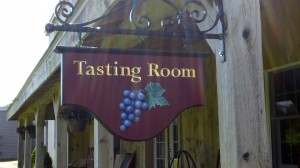
Farm-to-table wine dinners provide another way of introducing consumers to SMV wines. I recently had the opportunity of participating in the “Sunset in July” Farm to Table Wine Dinner at Sunset Meadow Vineyards which included SMV wine paired with food prepared by the Litchfield Saltwater Grille, as well as a tour of the winery. A bout of uncooperative weather forced the festivities indoors. Luckily, SMV is equipped to house an event of this nature inside their tasting room. The long, family style banquet tables used for outdoor gatherings were abandoned in favor of more intimate seating indoors, with only one elongated table set up for a large party that had arrived together. Conversation was possible between neighboring tables and guests had ample opportunity to mingle at both the raw bar and the tasting bar. The food was sourced from local, sustainable and organic farms and each course was specially paired with SMV wine. The pairings were all successful but the two that stood out for me were the SMV Riesling paired with miniature New England lobster salad rolls, and Cayuga White mated with Connecticut oysters. (More detailed wine tasting notes follow this article.) One of the highlights of the evening was a tour of the winery led by Mr. Motel. Not only were guests allowed a peek into the inner workings of SMV complete with informative and entertaining narration by Mr. Motel, we were treated to a taste of SMV Twisted Red, a cabernet sauvignon blend, straight from the barrel.
[Mr. Motel has consented to WINE publishing video footage of the winery tour conducted inside Sunset Meadow Vineyards the evening of the “Sunset in July” wine dinner. WINE would like to thank Mr. Motel for allowing its readership this exclusive opportunity to gain insight into the workings of a first rate farm winery in a more personal and animated way. The footage is presented below in two parts.]


When he is not pruning vines or bottling wines, Mr. Motel spends time in his official capacity as Vice President of the Connecticut Vineyard & Winery Association working to further the interests of the Connecticut farm wine industry as a whole. This includes keeping a watchful eye on the industry, working on beneficial legislation, and doing marketing and promotional events. Motel was involved in the recent passage of the legislation authorizing the sale of Connecticut wines at farmers’ markets and he is working to get legislation passed that would allow Connecticut farm wineries a second festival each year. They are currently limited to just one, The Connecticut Wine Festival. Mr. Motel is Chairman of this Festival, an annual event promoting The Connecticut Wine Trail that saw more than 8,000 participants over the course of the last weekend in July this year.
So what is George Motel’s vision for the future? Organic grape growing, for one thing. Practically unheard of in Connecticut due to the challenging climate, Motel has targeted a block of his St. Croix grapes to grow organically. One year into the project, things appear to be going well. “We are encouraged by the early progress and results but remain cautiously optimistic,” reports Motel. What else is in SMV’s future? He’s not ready to reveal all just yet. But George Motel has a way of making his visions come true. I suggest we keep watching.
Sunset Meadow Vineyards is open Sunday, Monday & Thursday from 11-5 and Friday & Saturday from 11-6.
599 Old Middle Street, Goshen, CT 06756
860-201-4654
Wines to Uncork
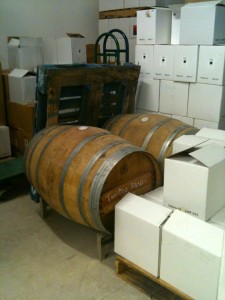 Cayuga White 2010 – Exceptionally crisp and thirst-quenching, this dry expression of the Cayuga grape is acidic and well-balanced with the perfect hint of citrus and stone fruits.
Cayuga White 2010 – Exceptionally crisp and thirst-quenching, this dry expression of the Cayuga grape is acidic and well-balanced with the perfect hint of citrus and stone fruits.
Merlot – Soft and unassuming, this Bordeaux style merlot flaunts red berries with undercurrents of anise and a velvety smooth finish.
St. Croix – Smokey, sexy, dry and quite quaffable. I have yet to find a St. Croix I prefer more.
Twisted Red – A dry, big-bodied blend in the style of Bordeaux with dark red fruit flavors and a touch of spice.
Rosé – An elegant rosé in the style of Provence, luscious red fruits just barely peek through this delightfully dry salmon-pink beauty.
Pyrrha’s Passion – This beautifully bottled wine is a sweeter expression of the St. Croix grape perfect for accompanying desserts. Slightly nutty and hinting of caramel, the wine’s complexity is reminiscent of port.
Midnight Ice – This intoxicatingly aromatic ice wine boasts bold fruit aromas and flavors, especially honeydew melon and lychee. It has a honey-like viscosity on the tongue and is richly layered. Limited.

